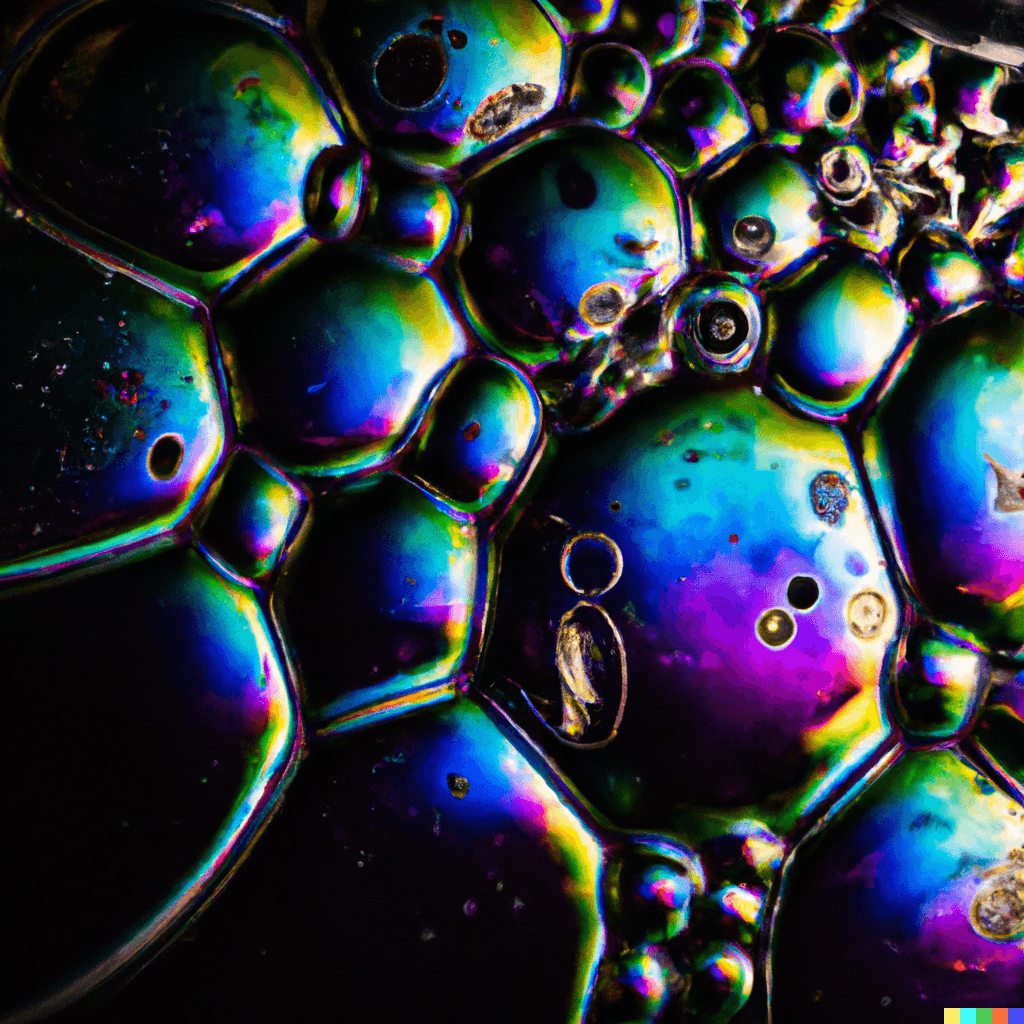What are the benefits of nanobubble water treatment technology in Waste water treatment?
Nanobubbles have several potential benefits for waste water treatment. Here are some of the key advantages of using nanobubbles in this field:
Improved efficiency: Nanobubbles can increase the efficiency of waste water treatment by enhancing the oxidation and breakdown of pollutants. They can also improve the settling of solids, making them easier to remove from the water.
Reduced energy consumption: Nanobubbles require less energy to generate and maintain compared to traditional aeration methods, which can lead to significant energy savings in waste water treatment facilities.
Enhanced removal of pollutants: Nanobubbles can improve the removal of pollutants such as organic matter, nitrogen, and phosphorus from waste water, resulting in cleaner and safer water.
Reduced chemical use: Nanobubbles can reduce the need for chemical treatments in waste water treatment, which can save costs and reduce the environmental impact of the treatment process.
Increased capacity: The small size of nanobubbles allows for more bubbles to be generated and delivered into the water, increasing the capacity of the treatment system.
Improved sludge treatment: Nanobubbles can help improve the dewatering and digestion of sludge, which can reduce the amount of waste generated by the treatment process.
Research on the use of nanobubbles in waste water treatment is ongoing, and new applications and benefits are being discovered. The unique properties of nanobubbles make them a promising area of research for sustainable and efficient waste water treatment practices.


